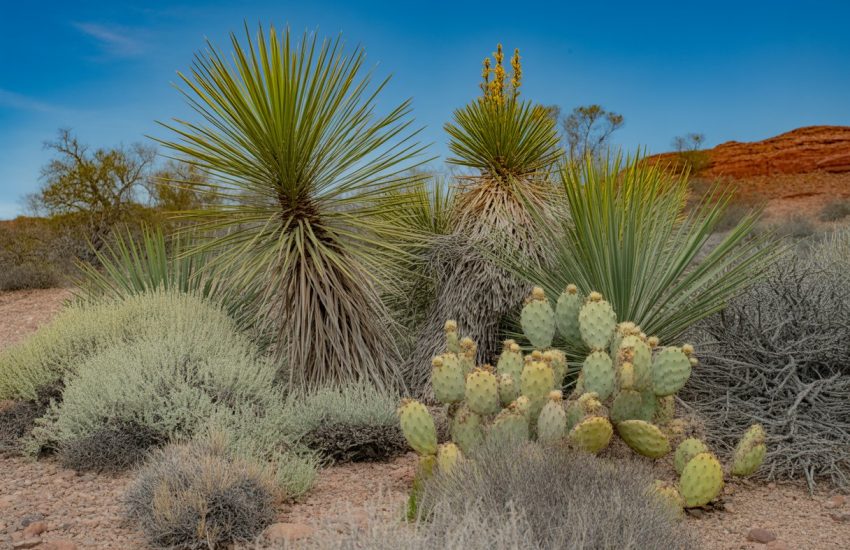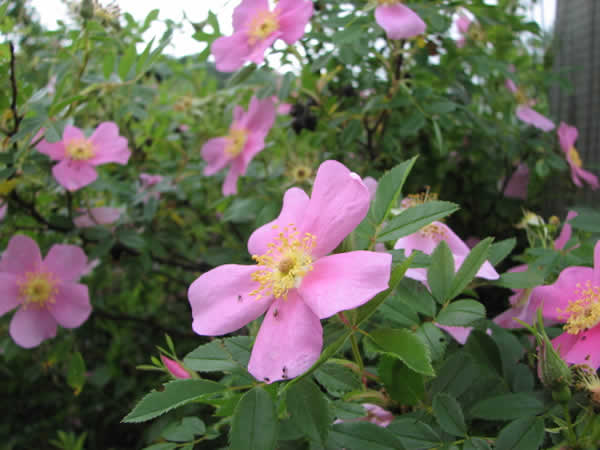How Fast Do Oak Trees Grow: A Comprehensive Guide
Oak trees are a staple in many landscapes due to their grandeur and longevity. However, how fast do oak trees grow? The growth rate of oak trees can vary depending on a variety of factors, including the species of oak tree, the climate, and the soil conditions.

Generally speaking, oak trees are slow-growing trees. It can take several years for an oak tree to reach maturity and begin producing acorns. However, once established, oak trees can live for hundreds of years and grow to be quite large. Some species of oak trees, such as the white oak, can grow up to 100 feet tall with a spread of 80 feet.
Understanding the growth rate of oak trees is important for those looking to plant them in their landscape. It is important to select a species that is well-suited for the climate and soil conditions in the area, as this can greatly impact the growth rate and overall health of the tree.
Understanding Oak Tree Growth
Oak trees are known for their majestic appearance and longevity. However, have you ever wondered how fast these trees grow? Understanding the growth rate of oak trees can help us better appreciate their beauty and plan for their care.
Growth Rate Factors
The growth rate of an oak tree can be influenced by various factors, including soil conditions, sunlight exposure, and water availability. Oak trees thrive in well-drained soils with a pH range of 6.0 to 7.5. They require full sun exposure for optimal growth, but they can tolerate some shade. Water is also essential for oak tree growth, especially during the first few years of their life.
Oak Species Variations
There are over 600 species of oak trees, and they vary in their growth rate and lifespan. For instance, water oak (Quercus nigra) is a fast-growing oak species that can reach a height of 50 to 60 feet within 20 years. On the other hand, white oak (Quercus alba) is a slow-growing oak species that can take up to 50 years to reach a height of 50 feet. Red oak (Quercus rubra) is a medium-growing oak species that can reach a height of 50 to 75 feet within 40 years.
Maturity and Lifespan
Oak trees can take anywhere from 20 to 50 years to reach maturity, depending on the species and growing conditions. Once mature, oak trees can live for several hundred years, with some species living for over 1,000 years. The lifespan of an oak tree can be influenced by various factors, including disease, pests, and environmental stressors.
In conclusion, understanding the growth rate of oak trees can help us better appreciate their beauty and plan for their care. Factors such as soil conditions, sunlight exposure, and water availability can influence the growth rate of oak trees. Additionally, oak species vary in their growth rate and lifespan, with some species growing faster than others.
Planting and Caring for Oak Trees
Choosing the Right Location
When planting an oak tree, it is important to choose the right location. Oak trees need plenty of sunlight and do best in well-drained soil. They also require enough space to grow to their full size, so be sure to choose a location that will accommodate their mature size.
Soil Preparation and pH Levels
Before planting an oak tree, it is important to prepare the soil properly. Oak trees prefer soil that is slightly acidic, with a pH level between 6.0 and 6.5. If the soil is too alkaline, adding sulfur or other acidic materials can help lower the pH level. It is also important to ensure proper drainage to prevent waterlogged soil, which can lead to root rot.
Watering and Fertilization
Oak trees require regular watering, especially during their first few years of growth. They also benefit from fertilization, which can help promote healthy growth and strong root development. It is important to use a fertilizer specifically formulated for oak trees and to follow the manufacturer’s instructions carefully.
Pruning and Maintenance
Pruning is an important part of oak tree maintenance. It is best to prune oak trees during the dormant season, between late fall and early spring. This helps to prevent the spread of diseases and pests, as well as to promote healthy growth. It is also important to remove any dead or diseased branches as soon as possible to prevent the spread of disease.
Overall, planting and caring for oak trees requires careful attention to soil preparation, watering, fertilization, and pruning. By following these guidelines, you can help ensure that your oak tree grows strong and healthy for many years to come.
Common Challenges in Growing Oak Trees
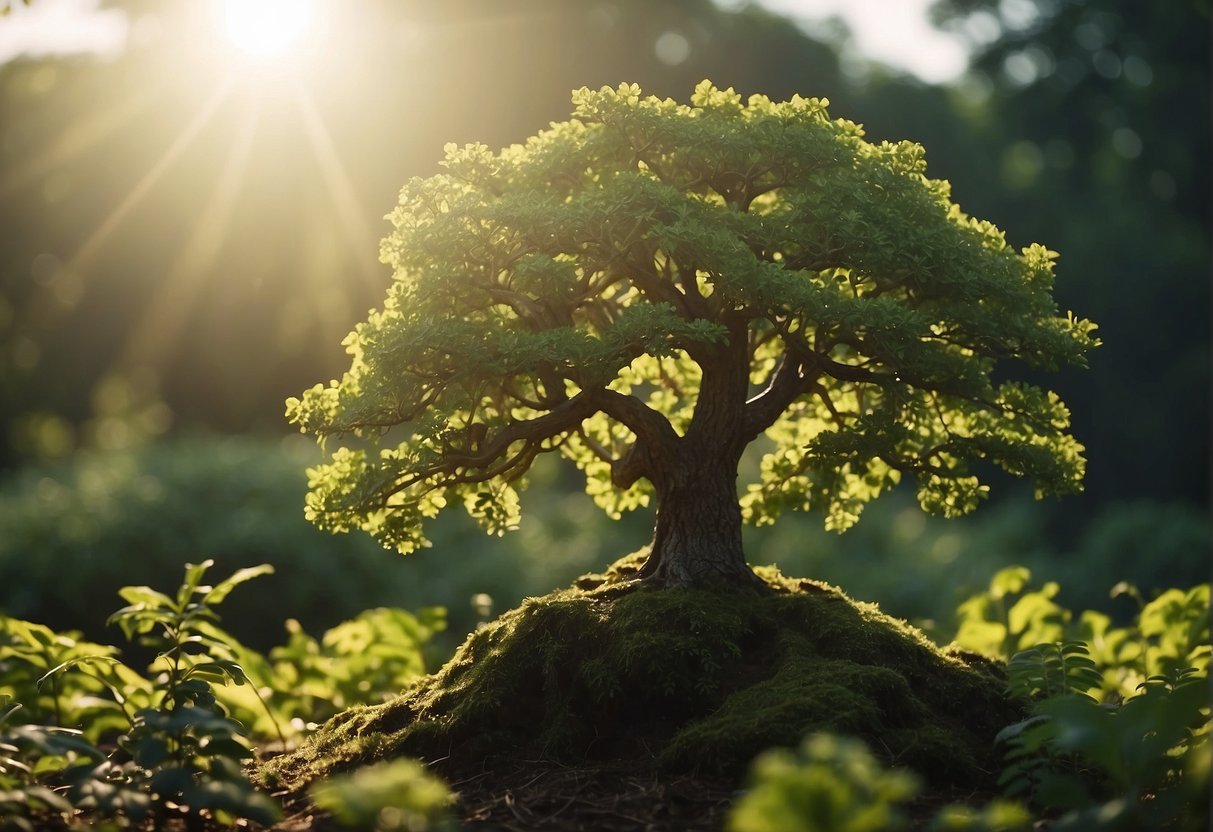
Oak trees are one of the most popular trees in the world due to their majestic appearance and longevity. However, growing oak trees can be a challenging task due to various factors such as pests, diseases, and weather conditions.
Pests and Diseases
One of the most common challenges in growing oak trees is dealing with pests and diseases. Oak trees are susceptible to a variety of pests and diseases that can cause significant damage to the tree’s health and growth. Some common pests that affect oak trees include gypsy moths, oak wilt, and oak leafrollers.
Gypsy moths are known for defoliating oak trees, which can weaken the tree and make it more susceptible to other pests and diseases. Oak wilt is a fungal disease that can cause rapid wilting and death of the tree. Oak leafrollers are caterpillars that feed on the leaves of oak trees, which can cause significant damage to the tree’s growth and overall health.
To prevent and manage these pests and diseases, it is essential to practice proper tree care, such as regular pruning, fertilization, and watering. If the tree is already infected, it is best to consult with a professional arborist to determine the best course of action.
Weather Conditions and Damage
Another common challenge in growing oak trees is dealing with weather conditions and damage. Oak trees are often exposed to extreme weather conditions such as drought, frost, and storms, which can cause significant damage to the tree’s health and growth.
Drought conditions can cause the tree to lose its leaves and weaken its root system, making it more susceptible to pests and diseases. Frost can damage the tree’s buds and leaves, affecting its growth and development. Storms can cause physical damage to the tree, such as broken branches and uprooting.
To prevent and manage weather-related challenges, it is essential to plant the tree in the right location and provide adequate care, such as regular watering and fertilization. It is also important to inspect the tree regularly for signs of damage and take prompt action to prevent further damage.
In conclusion, growing oak trees can be a challenging task due to various factors such as pests, diseases, and weather conditions. However, with proper care and management, it is possible to overcome these challenges and enjoy the beauty and benefits of these magnificent trees.
Environmental Impact and Benefits of Oak Trees

Ecosystem Services
Oak trees are one of the most ecologically important trees in North America. They provide a variety of ecosystem services, including air and water purification, carbon sequestration, and soil conservation. Oak trees also help to reduce erosion by stabilizing soil and preventing runoff.
Wildlife and Habitat
Oak trees are a valuable habitat for many wildlife species, including birds, squirrels, and other animals. The dense canopy of oak trees provides shade and shelter for animals, while the acorns produced by the trees serve as an important food source for many species.
In addition to providing habitat for wildlife, oak trees are also an important part of many ecosystems. They play a key role in maintaining the health and stability of forests, woodlands, and other natural areas.
Overall, oak trees are an ecologically important and valuable species that provide a wide range of benefits to wildlife and the environment.
Selecting Oak Trees for Landscaping
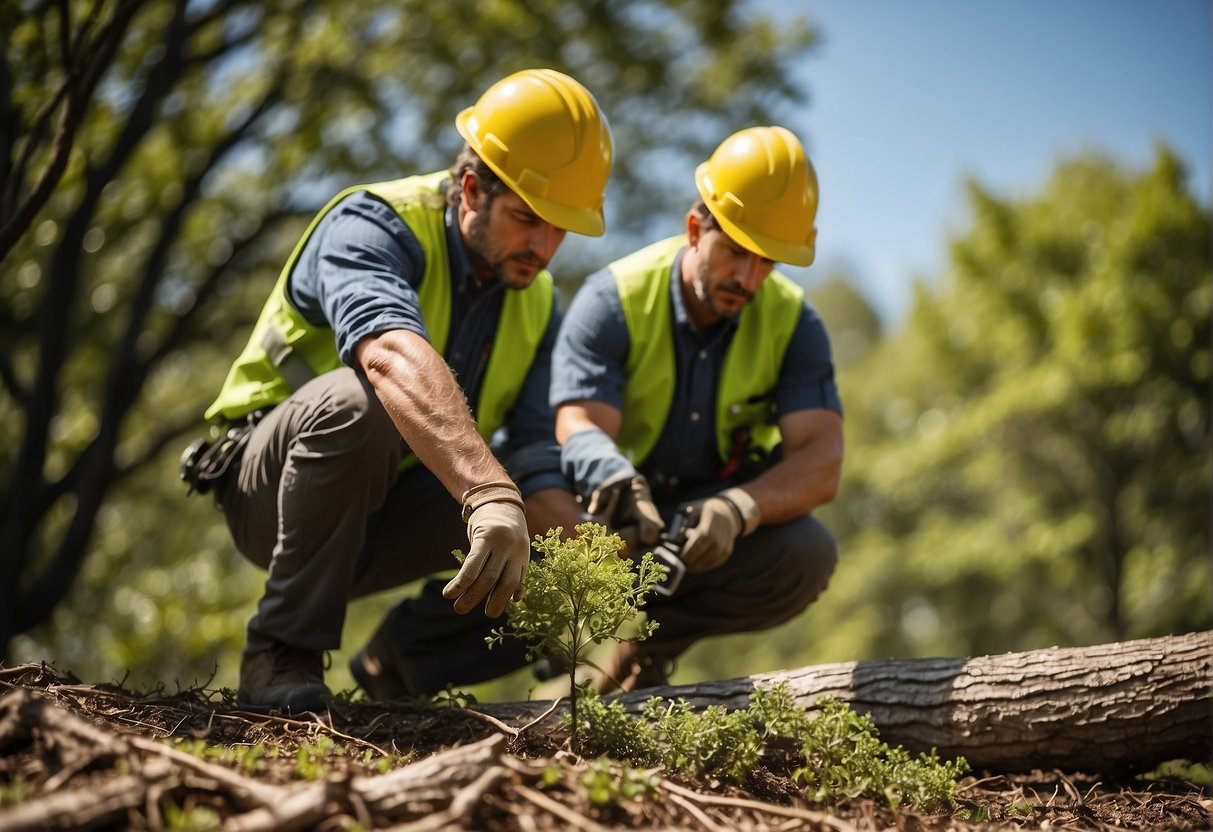
Oak trees are a popular choice for landscaping due to their beauty and functionality. When selecting oak trees for landscaping, it is important to consider both aesthetic and functional aspects.
Aesthetic Considerations
Oak trees are known for their majestic appearance and can add a touch of elegance to any landscape or garden. They are available in a variety of sizes and shapes, making it easy to find one that fits the specific needs of your landscape.
When selecting an oak tree for aesthetic purposes, it is important to consider the following factors:
- Size: Consider the size of your landscape and choose a tree that fits the space. Oak trees can grow to be quite large, so make sure you have enough room for the tree to grow.
- Shape: Oak trees come in a variety of shapes, including round, oval, and pyramidal. Choose a shape that complements the overall design of your landscape.
- Color: Oak trees have a range of leaf colors, from green to red to yellow. Choose a color that complements the other plants in your landscape.
Functional Uses in Landscape Design
In addition to their beauty, oak trees also have functional uses in landscape design. They can provide shade in areas that receive full sun and can also act as a windbreak. Oak trees are also deciduous, meaning they lose their leaves in the fall, which can be beneficial for allowing sunlight to reach other plants in the landscape.
When selecting an oak tree for functional purposes, consider the following factors:
- Sunlight: Oak trees can grow in full sun or partial shade. Consider the amount of sunlight the tree will receive in its location and choose a tree that can thrive in those conditions.
- Size: Consider the size of the tree when it reaches maturity and choose a tree that fits the space.
- Evergreen vs. Deciduous: Decide whether you want an evergreen or deciduous oak tree. Evergreen trees keep their leaves year-round, while deciduous trees lose their leaves in the fall.
Overall, oak trees are a great choice for landscaping due to their beauty and functionality. By considering both aesthetic and functional aspects, you can choose an oak tree that will be a great addition to your landscape.
Frequently Asked Questions
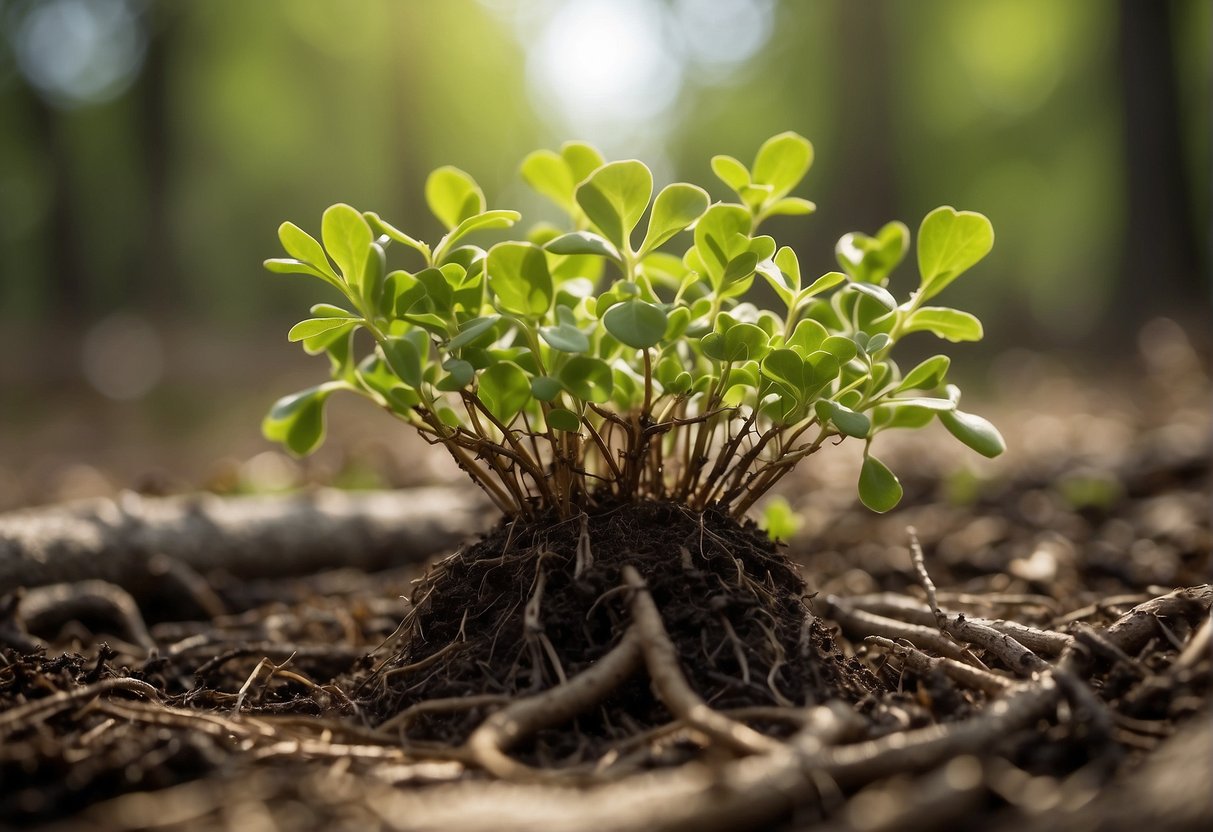
What is the average growth rate of oak trees in different regions?
The growth rate of oak trees varies depending on the species and the region they are in. Generally, oak trees grow at a rate of 1 to 2 feet per year. However, some species may grow faster or slower than others.
Which species of oak trees are known for rapid growth?
Some species of oak trees are known for their rapid growth. For instance, the Nuttall oak tree can grow up to 3 feet per year, while the Willow oak tree can grow up to 2 feet per year. However, it is important to note that the growth rate of oak trees can vary depending on the environment and other factors.
What factors influence the growth rate of oak trees?
The growth rate of oak trees can be influenced by several factors, including soil quality, moisture levels, temperature, and sunlight exposure. Oak trees grow best in well-drained soils and require adequate moisture and sunlight to thrive.
How long does it typically take for an oak tree to reach maturity?
Oak trees typically take between 20 to 50 years to reach maturity, depending on the species and the environmental conditions. Some species may take longer than others to reach maturity.
What are the expected size milestones for an oak tree over a decade?
In the first year, an oak tree may grow up to 2 feet, and by the end of the second year, it may reach a height of 5 feet. By the end of the fifth year, the oak tree may reach a height of 15 feet, and by the end of the tenth year, it may be between 25 to 30 feet tall.
How does the growth rate of oak trees from acorns compare to other methods?
Growing oak trees from acorns is a slow process, and it can take several years for the trees to reach maturity. However, this method allows for greater genetic diversity and can result in healthier trees. Other methods, such as planting saplings or using grafting techniques, may result in faster growth but may not offer the same level of genetic diversity.

